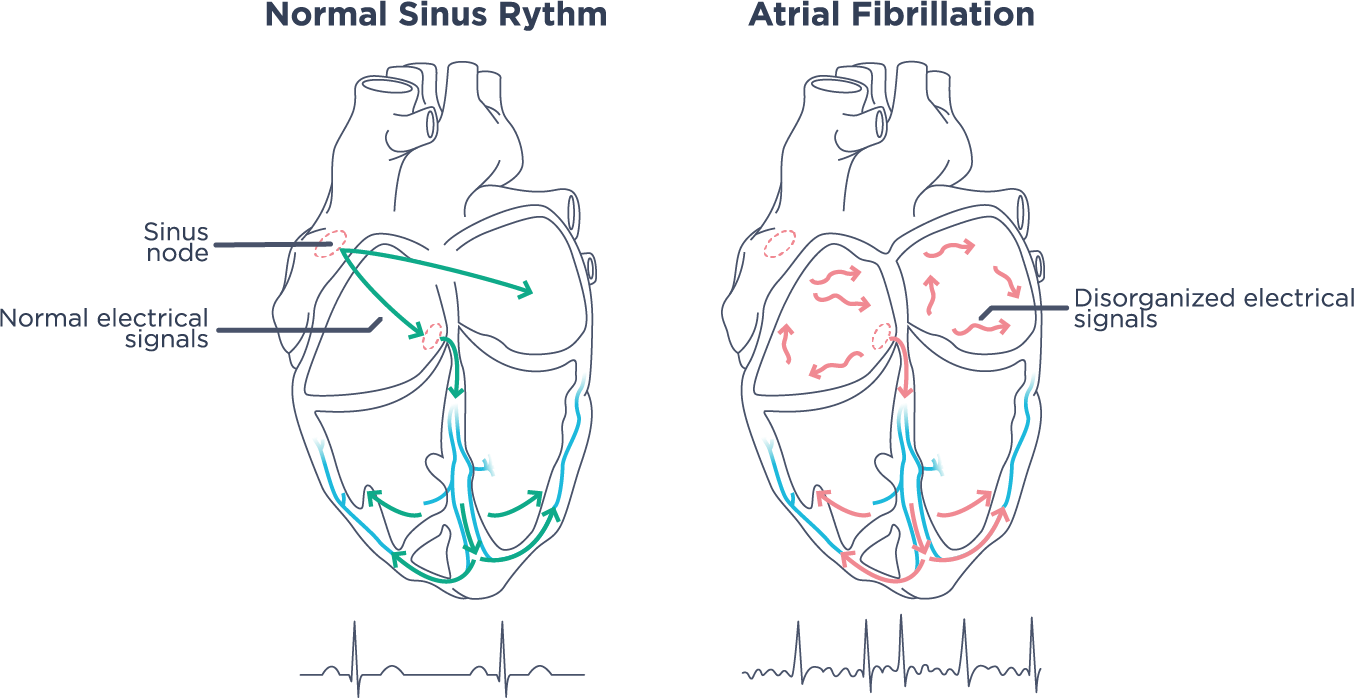Benefit from a 10% discount
on your first order by registering
By registering, you agree to receive advertising e-mails from Withings. However, if you change your mind, you can unsubscribe at any time. *The discount is valid for any purchase (except ScanWatch Nova) of at least €100 for 30 days after reception of the code. Only valid on withings.com, and while supplies last. This offer is only valid for first-time purchases. This offer cannot be combined.

